
1-844-987-5777 Mon-Fri: 8am-4pm CST
1-844-987-5777 sales@ecofishingshop.com Mon-Fri: 8am-4pm CST

When choosing a fishing kayak, stability is one of the most important factors to consider. A stable kayak can make the difference between a confident day of fishing or a frustrating day fighting your kayak and the feeling of being tippy at all times. Fishing kayaks are unique because many allow you to stand up and fish. But, which kayaks are the most stable? Like anything, different factors play a role in your kayak's stability and some of the most stable fishing kayaks also have some cons.
Stability depends heavily on the kayak’s hull shape. There are many different types of fishing kayak hull shapes and each carries its own pros, cons and differences in your kayaks primary vs. secondary stability.
What do these terms mean and how can you use them to find the most stable fishing kayak? We walk through some fishing kayak basics to help anglers find the right fit for their intentions and the waters they fish in most.
A fishing kayak's stability is about how the kayak resists tipping in different situations and hull shapes play a large role in a fishing kayak's stability. Before we look at kayak hull shapes, let's first talk about the two types of stability in a kayak: Primary vs. secondary.
Primary Stability
Definition: How stable a kayak feels when it’s sitting flat on calm water. Most kayakers and anglers know about primary stability. It is how stable you feel when you are sitting in a kayak. Primary stability plays a large role with how comfortable anglers feel when standing to cast. A kayak with high primary stability means you can stand and sometimes move around in your kayak without feeling tippy.
Best For: Fishing in still lakes, ponds, and sheltered bays where you might stand or move around.
Example kayaks: Flat and pontoon hulls typically have great primary stability.
Drawbacks: Fishing kayaks with high primary stability may have hull shapes that sacrifice efficiency and speed for more stability.
Secondary Stability
Definition: How stable a kayak feels when it’s tilted or leaned on its side. Have you ever been a kayak and felt like you are going to tip over? There is that initial 'tippy' feeling where you find yourself rocking back and forth and overcorrecting. Secondary stability is exactly what it sounds like, it is the secondary stability that kicks in right before you feel like you are going to tip. Kayaks with high secondary stability may feel more 'tippy' than kayaks with high primary stability, but they are more capable of 'rolling' or banking without tipping. Secondary stability is that 'catch' point before you actually tip.
Best For: Handling waves, current, and leaning into turns without capsizing. Fishing kayaks with higher secondary stability are often kayaks that are more efficient while moving vs. sitting in calm water.
Example kayaks: Rounded and V-shaped hulls often have better secondary stability. These types of hulls are more efficient and track better in moving water (rivers or while paddling).
Drawbacks: Kayaks with more secondary stability vs. primary stability are more efficient and stable while moving. They may feel more tippy while in calm water and anglers may find it too uncomfortable to stand and fish. Consider your water type. If you are primarily a river angler, a kayak with higher secondary stability and efficiency in moving water makes more sense than a flat bottom kayak with higher primary stability in calm water.
Choosing the Right Stability for Fishing
Calm, Shallow Waters & Standing: Go for maximum primary stability — flat or pontoon hulls are great choices.
Open Water, Rivers & Coastal Fishing: Look for a hull with stronger secondary stability, such as a rounded or V-shape, to handle swells and current.
Versatile Fishing: Hybrid hulls (a flat bottom with a V-shaped nose) that balance both stability types can give you a good mix of comfort and performance.
A kayak’s hull — the shape of its bottom — determines how it handles in calm water, current, and waves. Each hull design has its own stability profile. Like cars, bikes, or any other vessel, each unique hull shape has pros & cons. When researching fishing kayaks, consider how you'll use your kayak the most. Will you be fishing rivers, calm lakes or big water with big currents and waves. Consider these questions when reading about the following hull shapes.
Flat Hull
A 'flat hull' fishing kayak has a broad, flat bottom with lots of surface contact on the water.
Pros:
Cons

Rounded Hull
The bottom is smoothly curved, similar to a barrel. May have rounded edges with channels to push water through.
Pros:
Cons

V-shaped Hull
The underside comes to a point like the letter V. This is more of a traditional kayak shape many anglers and paddlers are familiar with.
Pros:
Cons

There’s no one-size-fits-all “most stable” fishing kayak — the right one depends on where you fish, your paddling style, and whether you value stand-up stability or rough-water and swift current performance. By understanding hull shapes and stability types, you’ll choose a kayak that keeps you balanced and focused on the fish, not on staying upright.
Consider how you like to fish and more importantly where you like to fish when looking at hull shapes and their primary vs. secondary stability. Matching a kayak to your water conditions and preferences vs. choosing the 'coolest' kayak or one based on accessories will save you many headaches down the road.
It all boils down to this important question, doesn't it? We mention it many, many times, but ask yourself how you see yourself using your fishing kayak the most. What water will you spend the most time on? Do you see yourself paddling, pedaling or adding a motor? Is standing and fishing important to you? Do you want the freedom to add a second seat? Will you be in current a lot?
There is a LOT to consider and it can feel really overwhelming. You may have read all of this and still not feel confident in the kayak you are looking at. That is why we have so many resources for you to ask questions of anglers and our staff who have experience with every brand and every type of water. Join our community of anglers and ask for some backup from kayak anglers with real-world experience: Kayak Anglers Resource.
If you need help purchasing the correct kayak and accessories reach out to our customer service team (1-844-987-5777, sales@ecofishingshop.com) to eliminate the headache of trying to peice together the right equipment.

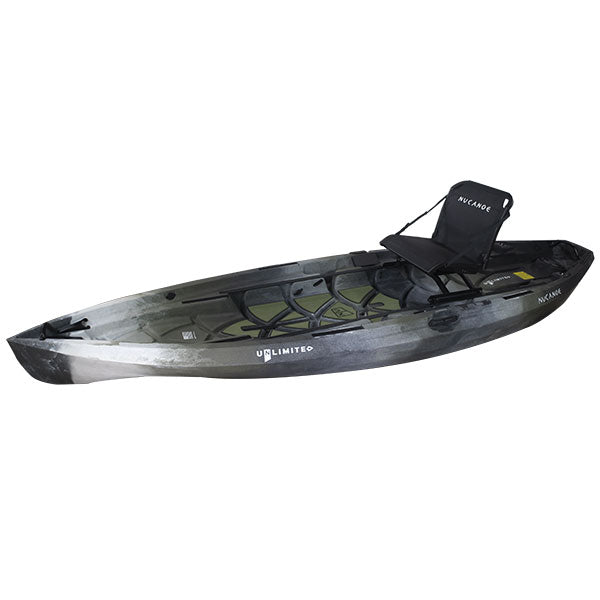
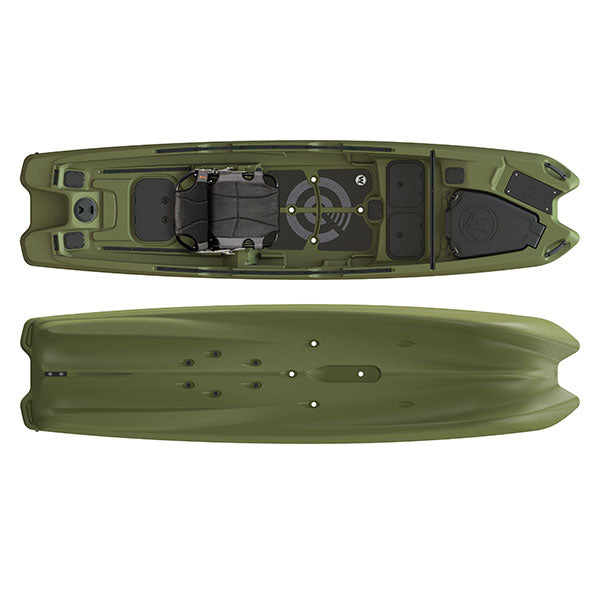

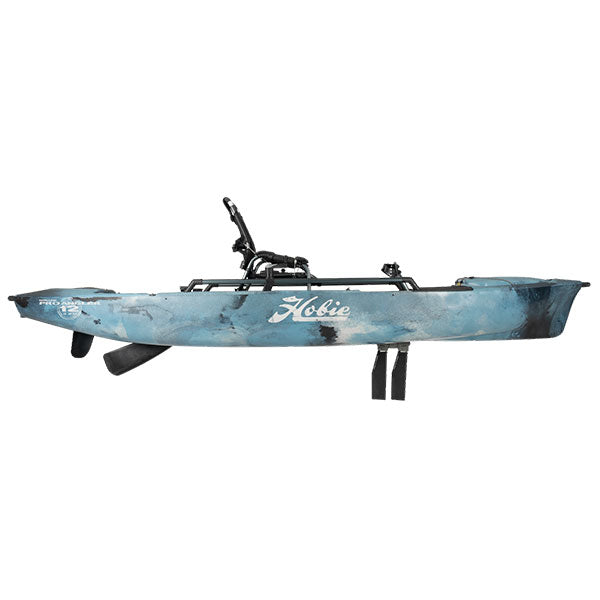
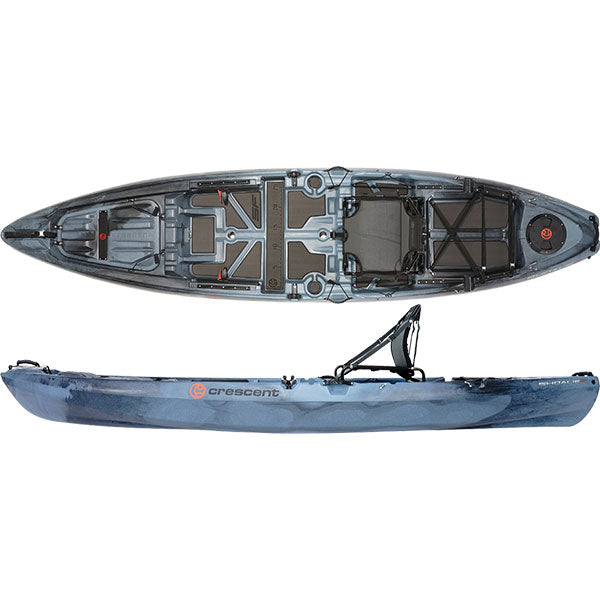

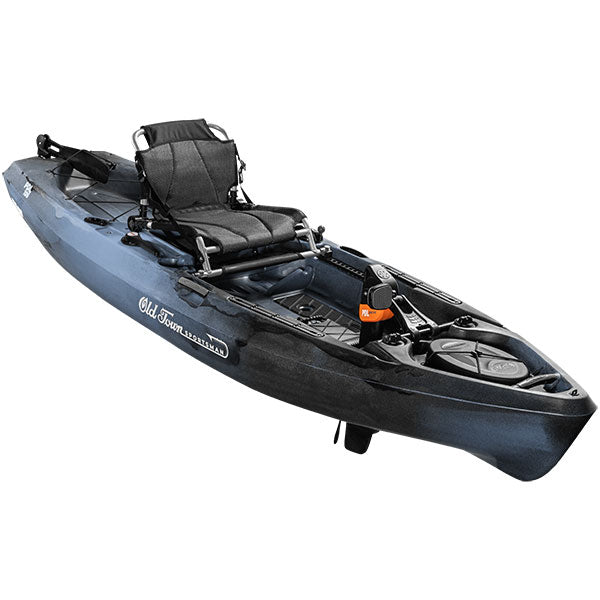
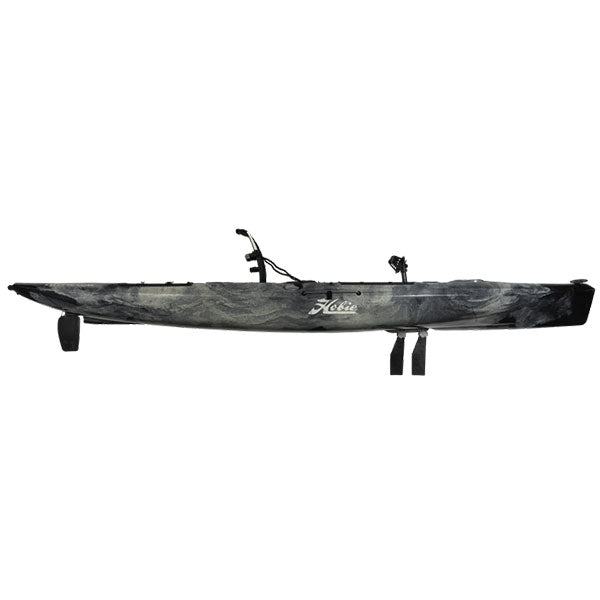
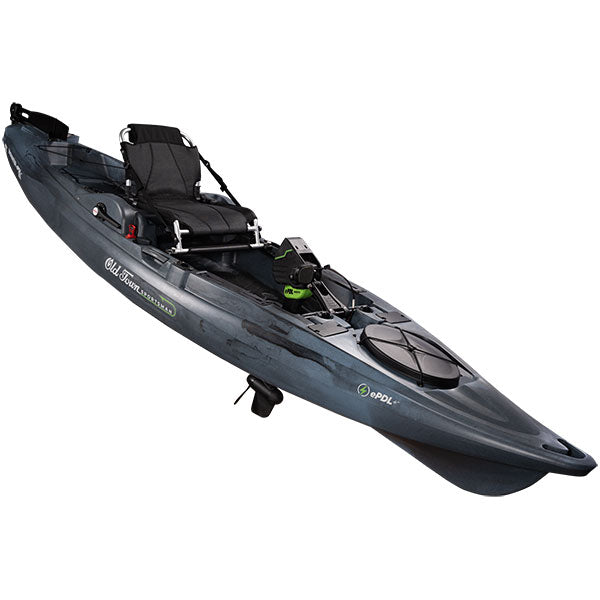

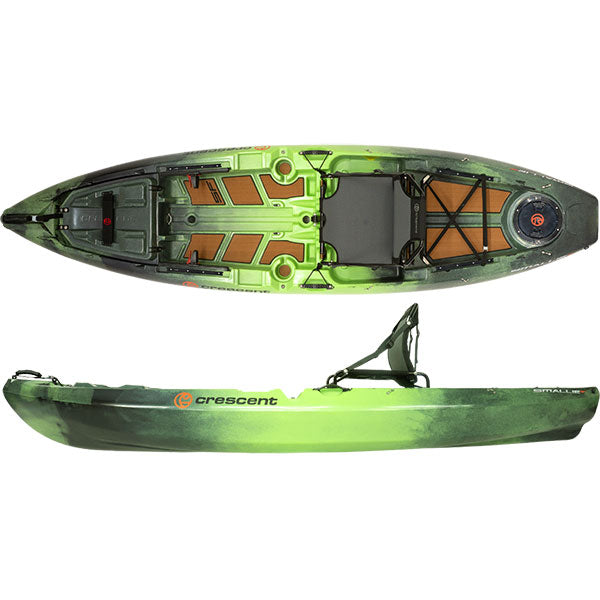
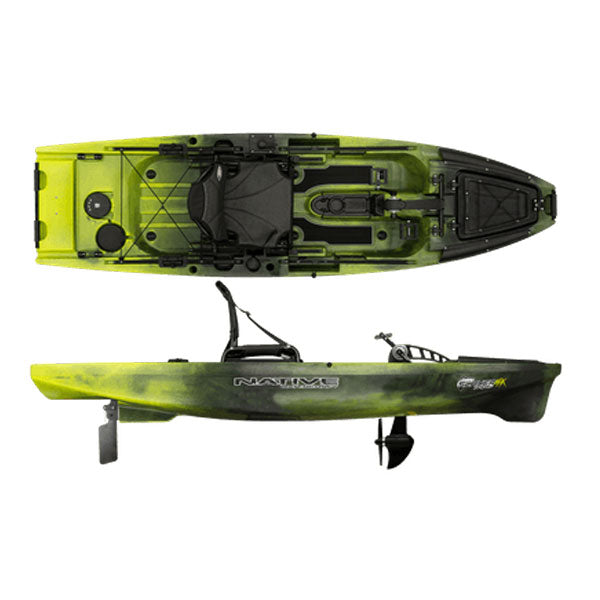

It all boils down to this important question, doesn't it? We mention it many, many times, but ask yourself how you see yourself using your fishing kayak the most. What water will you spend the most time on? Do you see yourself paddling, pedaling or adding a motor? Is standing and fishing important to you? Do you want the freedom to add a second seat? Will you be in current a lot?
There is a LOT to consider and it can feel really overwhelming. You may have read all of this and still not feel confident in the kayak you are looking at. That is why we have so many resources for you to ask questions of anglers and our staff who have experience with every brand and every type of water. Join our community of anglers and ask for some backup from kayak anglers with real-world experience: Kayak Anglers Resource.
If you need help purchasing the correct kayak and accessories reach out to our customer service team (1-844-987-5777, sales@ecofishingshop.com) to eliminate the headache of trying to peice together the right equipment.

Kayak Black Friday Sales start now! Check out our best kayak deals available on Black Friday that include Fishing Kayaks, Motors and kayak accessories. We share our 10 best fishing kayak and accessory Black Friday deals as well as resources to help make your decision easier.

Improving your fishing kayak's storage & organization is a constant process. Storage accessories boil down to four main categories: Crates, rail accessories, seat storage and dry bags. We walk through each type and share our favorite kayak storage and organization accessories.

What is Camino Journey? Camino Journey is CAJO kayaks — an all new entry to the fishing kayak market. CAJO kayaks are built serious anglers & pleasure paddlers alike. With a focus on using every inch of their kayaks CAJO makes the most of your deck space with innovative new accessories and built-in features.